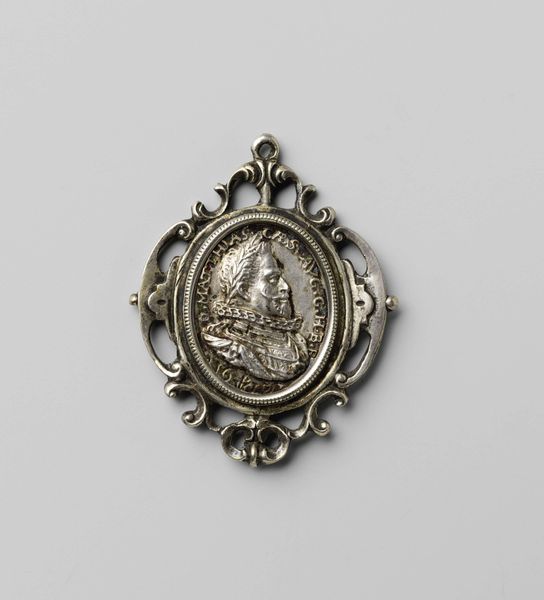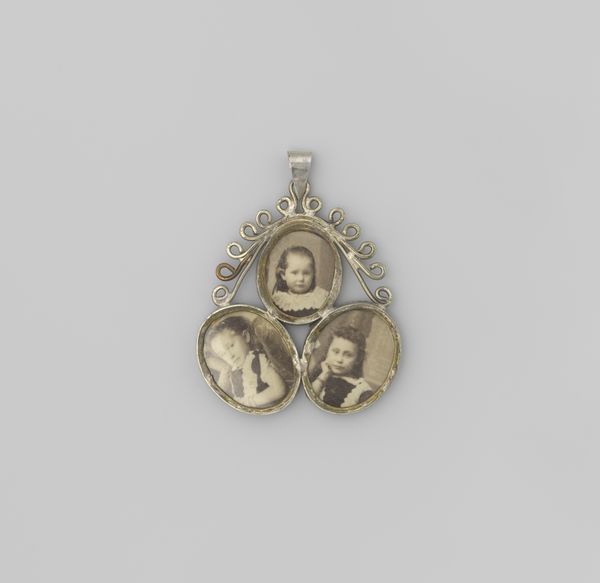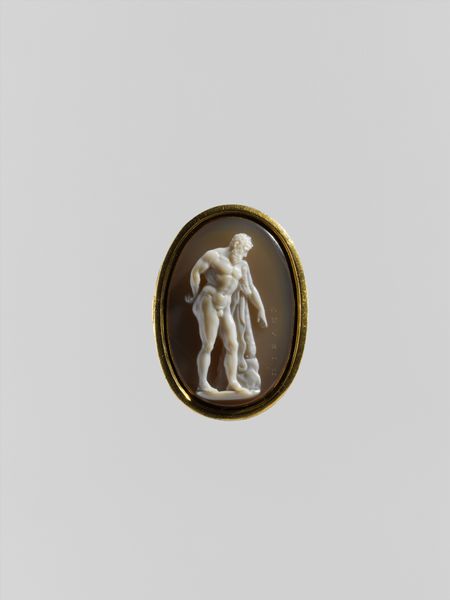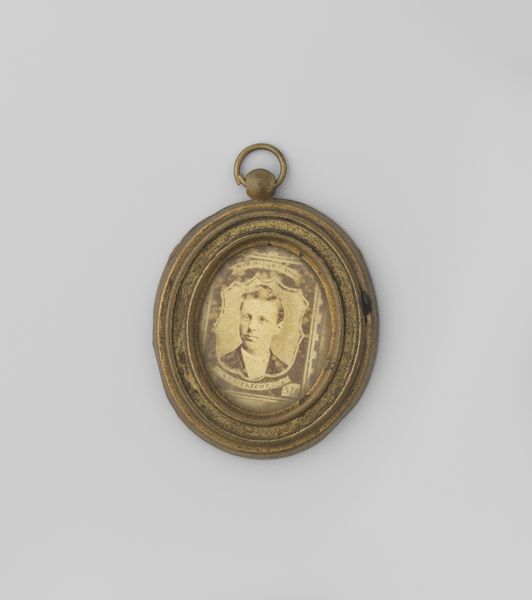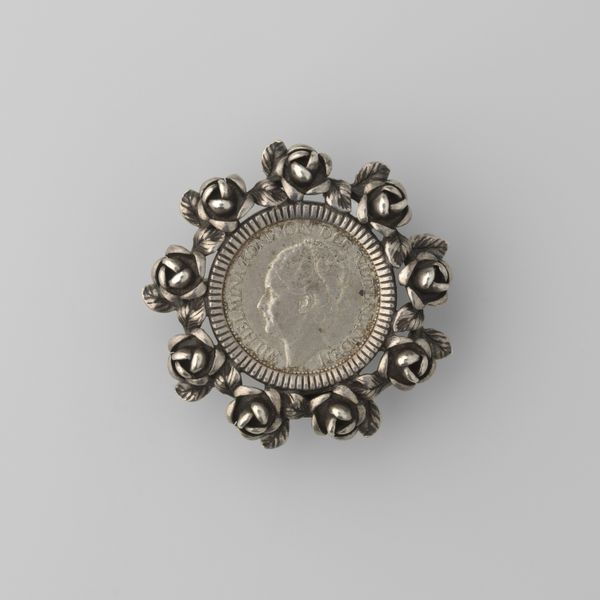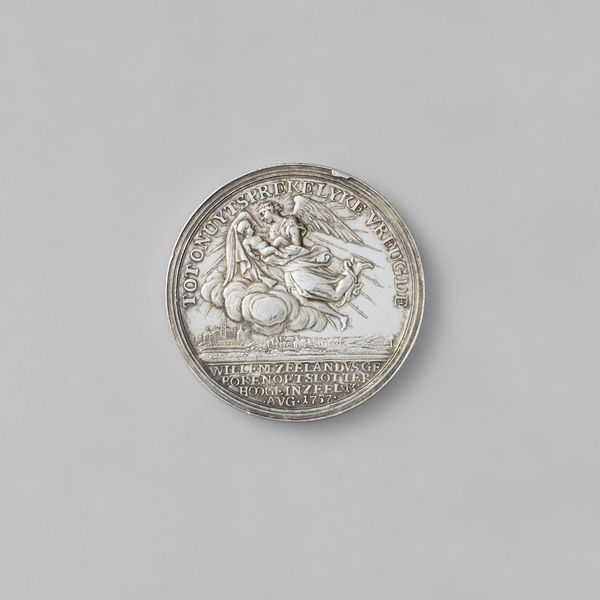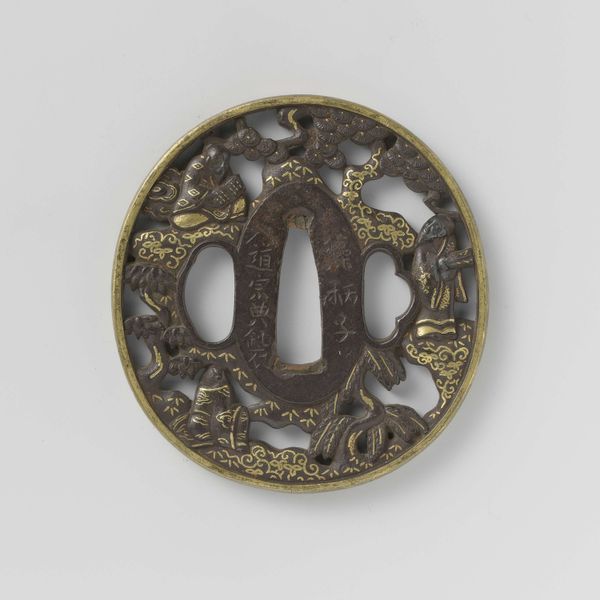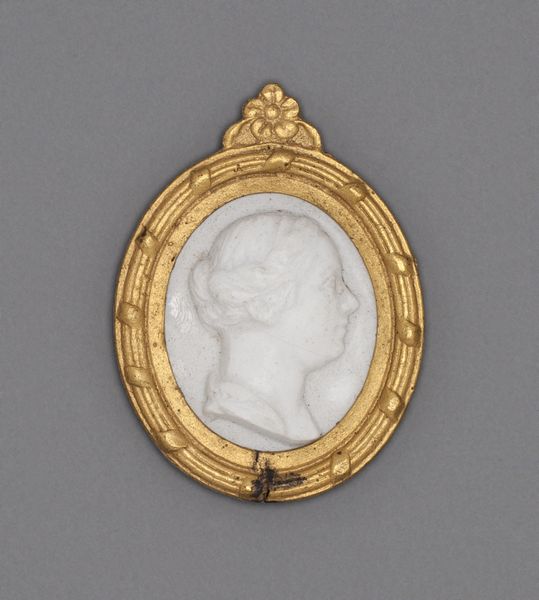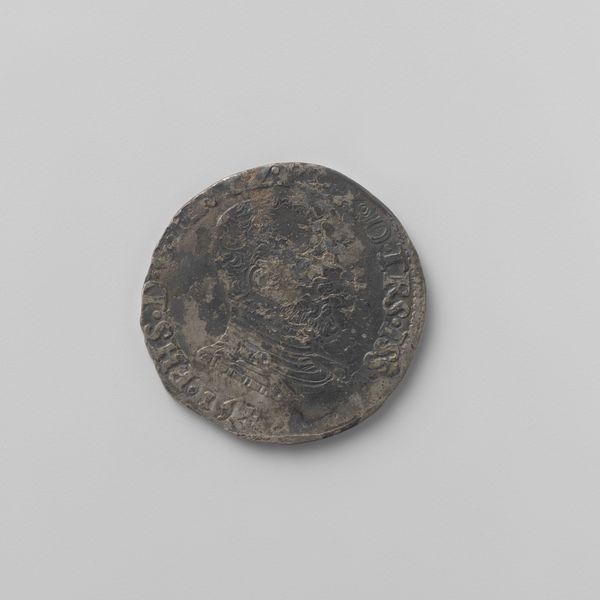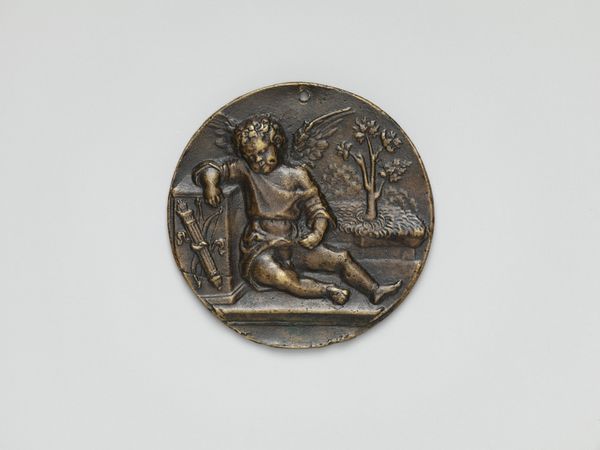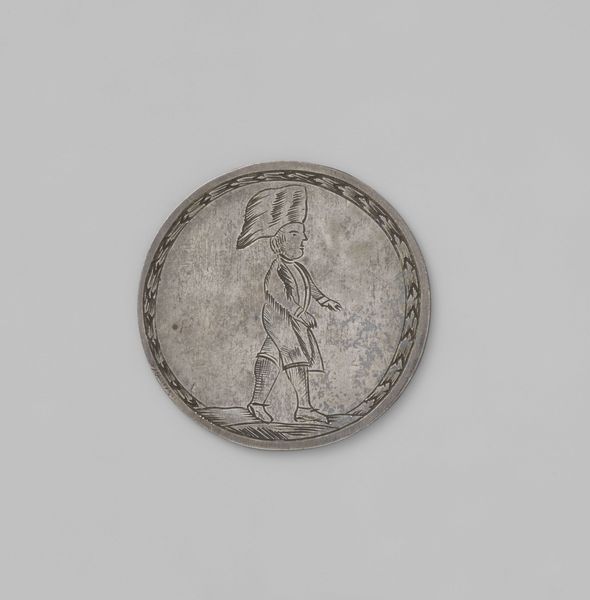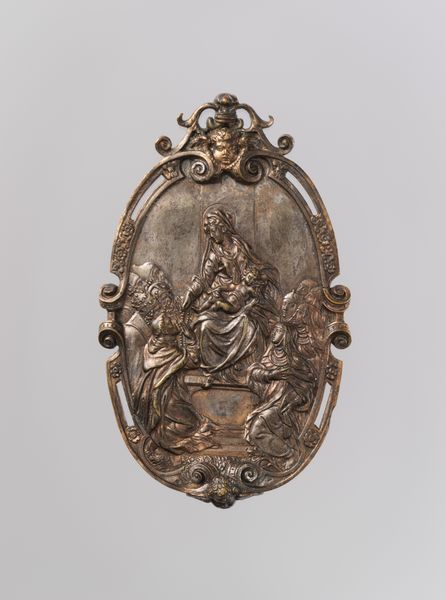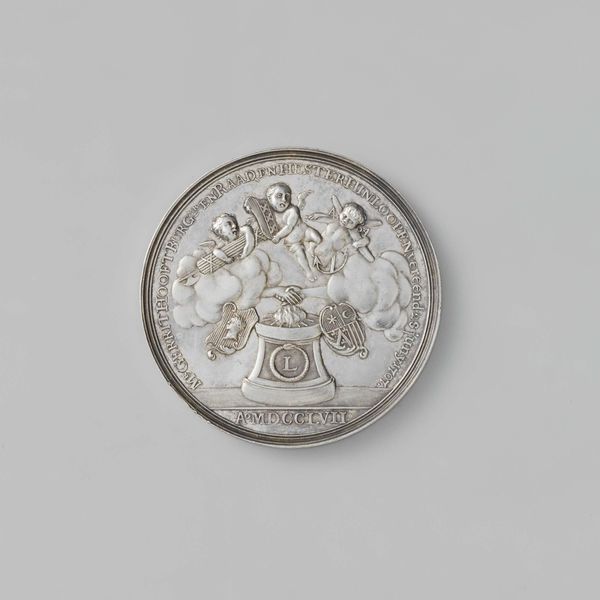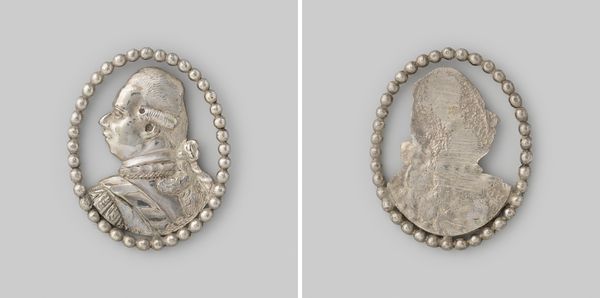
metal, sculpture
#
portrait
#
neoclacissism
#
metal
#
sculpture
#
history-painting
Dimensions: length 5.2 cm, width 4.3 cm, weight 17.77 gr
Copyright: Rijks Museum: Open Domain
Editor: So, here we have "Willem V, prins van Oranje-Nassau," dating from 1787-1795. It's by an anonymous artist, housed in the Rijksmuseum, and made of metal. I find it compelling how a seemingly everyday material is used to depict royalty. What strikes you about this piece? Curator: I see the compelling tension between the ostentatious subject matter - royalty, power - and the potential democratisation inherent in its materiality. Metal casting, while requiring skill, allowed for reproduction. How does the potential for mass production affect the artwork’s social standing and message? Editor: That's a really interesting angle! It raises questions about who this piece was intended for, if it's reproducible. I hadn’t thought about that. Does the material itself give clues about its intended audience or purpose? Curator: Potentially. Consider the accessibility, and by contrast, the endurance of metal. Metal signified permanance. Now think, where and how would this have been displayed? Who profits from its dissemination? The casting process allows not only a representation of the Prince but becomes another way for a maker or commissioner to establish visibility or power through commodity. Does it shift our perception of the subject being honored? Editor: Definitely. It blurs the lines between commemoration and commercial object. Thinking about it that way really changes my initial impression of it simply being a royal portrait. Curator: Exactly. By looking closely at the material and methods of its making, we unravel larger networks of production, consumption, and social influence beyond the mere depiction of a royal figure. The material helps rewrite our relationship with historical figures. Editor: That’s given me so much to think about. Seeing art through the lens of production and materials opens up a whole new world of interpretation. Thank you! Curator: My pleasure. Considering how something is made is just as vital as who is represented. It exposes the social and economic framework in which art is produced and exists.
Comments
No comments
Be the first to comment and join the conversation on the ultimate creative platform.
